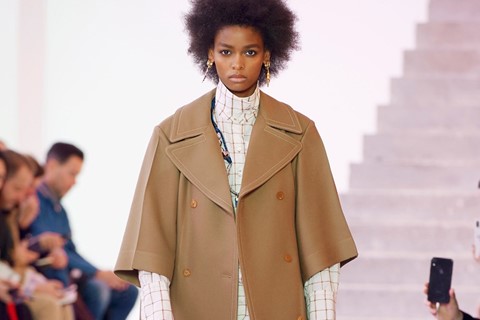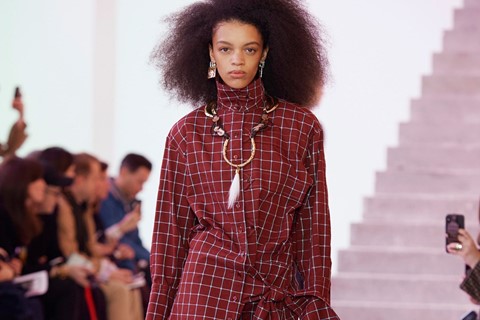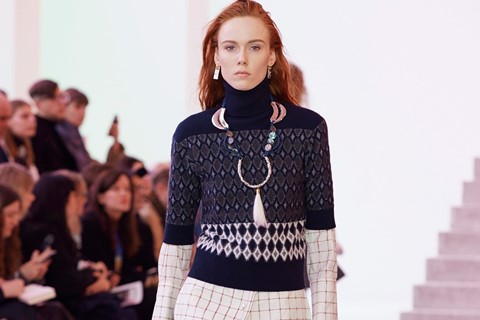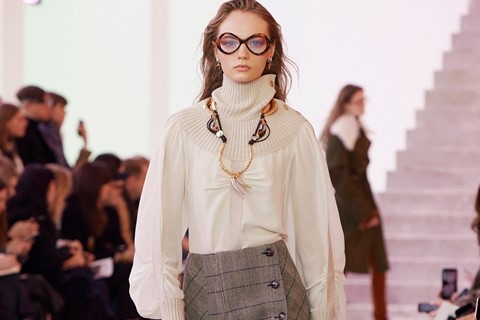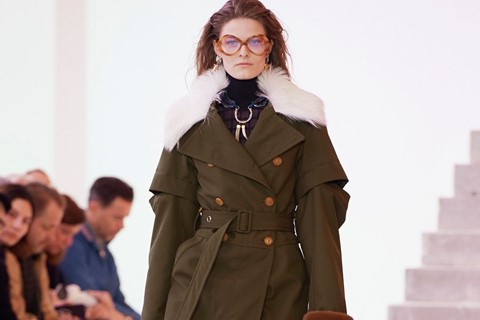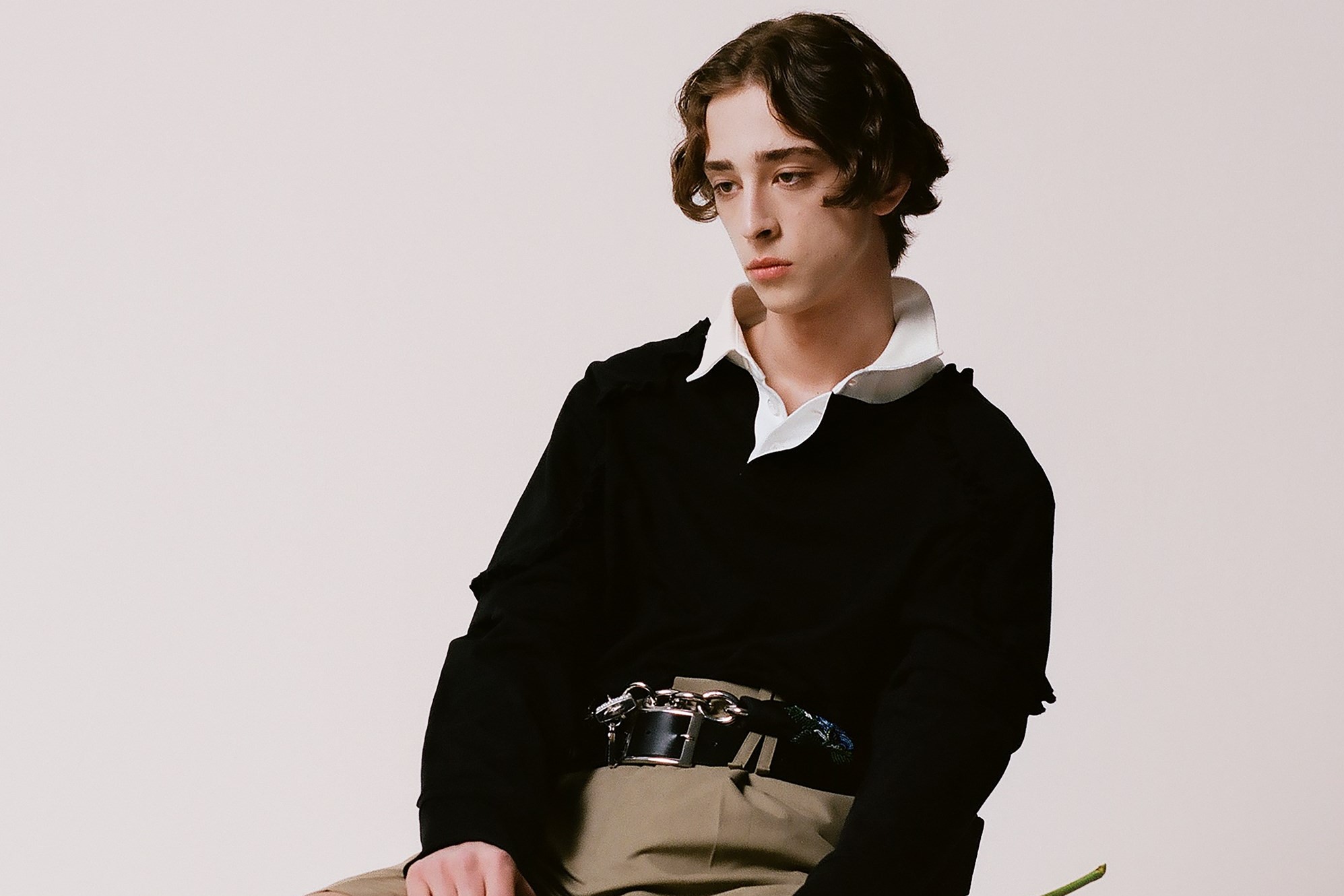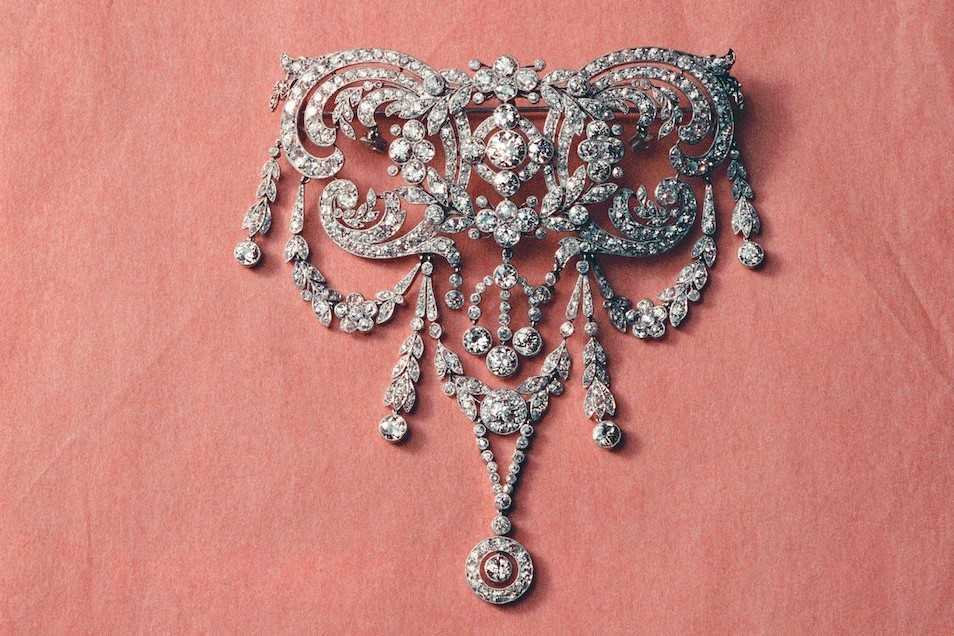After Natacha Ramsay-Levi’s latest offering for French fashion house Chloé, we take a look at the five powerhouse women who have helmed the brand
Chloé, the first ready-to-wear house, has been shaping our shopping lists and deepest dressing desires since its inception in 1952. Here, a brief glimpse at its pioneering female leaders and the ripple effect they’ve made across the industry.
1. The revolutionary: Gaby Aghion
Chloé’s Egyptian-born founder Gaby Aghion (originally Hanoka) moved to Paris in 1945 with her husband, Raymond Aghion. The pair, who met at elementary school aged seven and married at 19, quickly gravitated to the Communist scene on the city’s Left Bank. Here, they socialised with poets Paul Eluard, Tristan Tzara, Louis Aragon, and Pablo Picasso. Seven years later, Aghion launched her own fashion label. She named it after her friend Chloé Huysmans, and likewise orientated it towards the lifestyles of her friends: women who, though well off, did not have the time for fittings for bespoke couture creations. Cue a capsule collection of easy chic separates in soft, body-conscious fabrics – shirt dresses, blouses and sleek silhouettes – that could be worn straight off the peg (hitherto unheard of for designer garments). With this, the term ‘prêt-à-porter’, and fashion as we now know it, was born. Chloé’s first fashion show took place in 1956 at Saint Germain’s famous Café de Flore. Aghion went on to hire Karl Lagerfeld as a designer in the mid-60s, who ran the house until 1985.
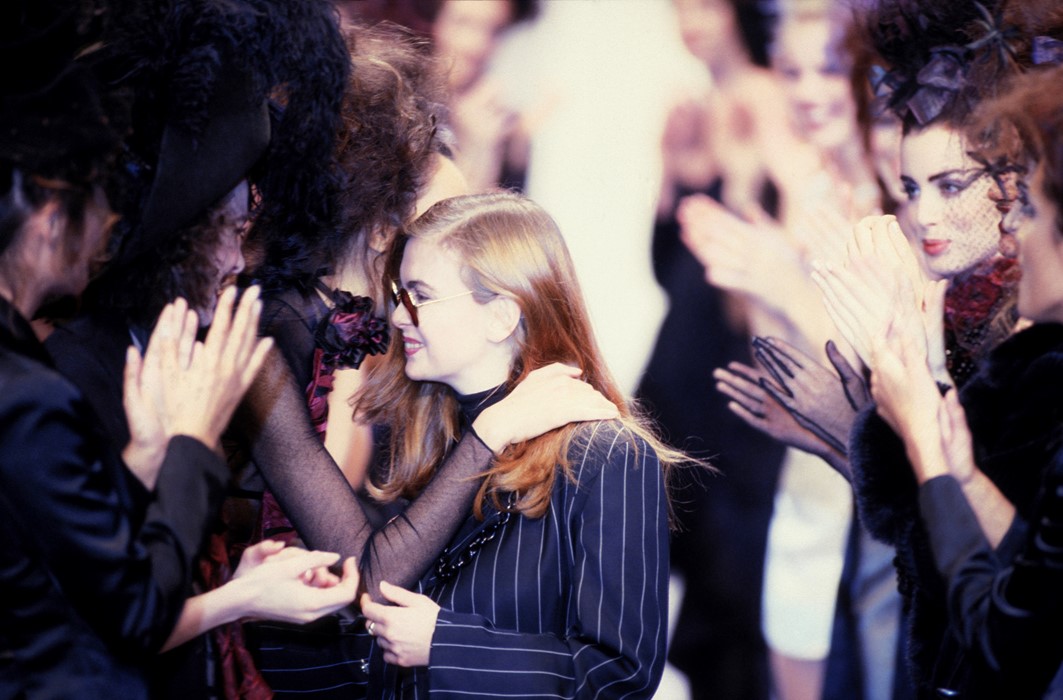
2. The first female creative director: Martine Sitbon
Following the tenure of Karl Lagerfeld (who led the design team throughout the 70s until 1983) and a quick succession of other designers, Martine Sitbon was appointed creative director of Chloé in 1987. The role came just as Sitbon was receiving critical claim for her eponymous fledgling label – her success as a freelance designer in Milan had allowed the designer to present her first fashion show in 1986 in Paris and in 1987, she presented her first collection within the Cour Carrée du Louvre in Paris during fashion week and at the Palladium in New York City. Working on nine seasons for Chloé, she continued to hone her own brand. Collaborating with long-time partner and collaborator, AnOther’s creative director Marc Ascoli, Sitbon enabled a string of impactful and now eternally referenced advertising campaigns, with the help of the supers of the day – Linda Evangelista, Christy Turlington, Claudia Schiffer, Helena Christensen. The image of Chloé’s strong, confident woman was built on a soft femininity that married historical menswear pieces – pantsuits, tuxedos, with the glamour of cabaret.
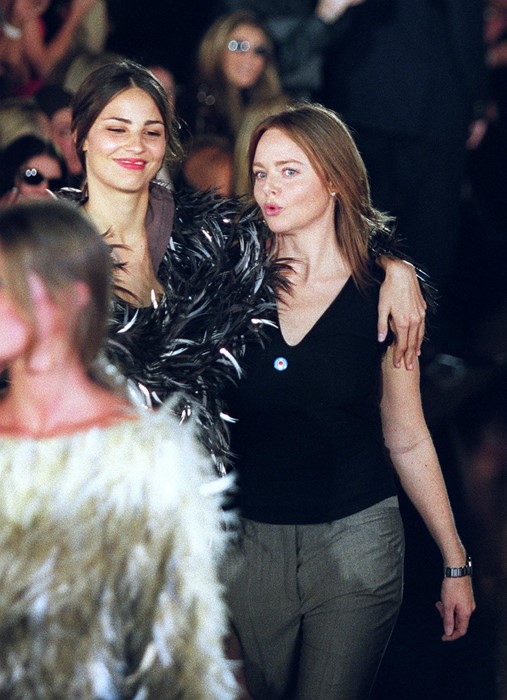
3. The rising star: Stella McCartney
Joining straight off the back of her Central Saint Martins degree (Kate Moss and Naomi Campbell modelled in her graduate collection), the 25-year-old daughter of Paul and Linda McCartney took over from Lagerfeld in 1997. Lagerfeld had returned for the interim and painted a more glamorous, bohemian Chloé – upon the announcement he’d reportedly snipped: “I think they should have taken a big name. They did – but in music, not fashion. Let’s hope she’s as gifted as her father.” She was the youngest designer to front the house and as such, McCartney instilled the label with an unseen youthfulness – playful, sexy and romantic via low-rise pants and vintage-lingerie inspired pieces – and distinctive Britishness, that of Savile Row tailoring and girl power cheekiness. A notorious slogan tee from S/S01 read: “Keep your bananas off my melons” and emblems of horses, integral to McCartney’s upbringing, wove their way into the fabric of the house. A new Chloé audience was born.
4. Fashion’s big breakthrough: Phoebe Philo
McCartney’s right-hand woman, friend and fellow Brit, Phoebe Philo, succeeded her in 2001. Philo’s appointment coincided with a new take on leather goods, a significant key change resulting in the 2005 creation of the Paddington – an oversized slouchy handbag which hung from the elbow crook of celebrities such as the Hilton sisters, Nicole Richie and Mischa Barton, and sported a giant padlock. It was the first ‘It’ bag, synonymous with early 00s fashion and was a hint to Philo’s later leatherware successes at (the then-accented) Céline. That year, Chloé sales increased by 60 percent worldwide and 80 percent in the US. In time, her baby-doll blouses, eyelet-punched cotton poplin, wide-leg high-waisted slacks and wedges defined the boho dress code of the new millenium and the Portobello set, with The New York Times going on to declare her as the “Chanel of her generation”. In true trailblazer style, she left the label in 2006 to spend more time with her family – an unprecedented move for a woman at the height of her career.
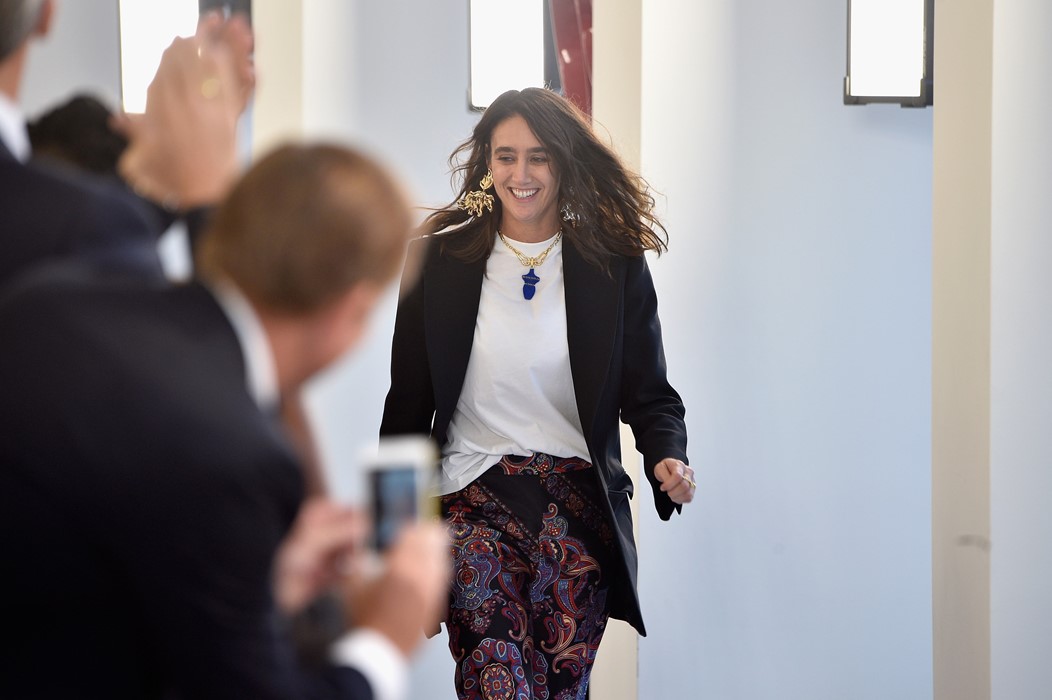
5. Future vintage: Natacha Ramsay-Levi
In 2017, Nicolas Ghesquière’s lieutenant at Louis Vuitton, Natacha Ramsay-Levi was announced as Chloé’s latest creative director – the first French woman to take the reigns since Sitbon. Starting out at Balenciaga (then moving to Vuitton), Ramsay-Levi worked with Ghesquière for more than 15 years – all the while she was a regular on the Parisian party scene, having a son with Purple magazine’s founder Olivier Zahm. Of her first collection for S/S18, Tim Blanks said that her “spectacular debut [...] gave the sweetness of Chloé a slightly eerie edge”. Under Ramsay-Levi’s lead, Chloé’s 70s heyday melds effortlessly with a sense of retrofuturism certainly inherited from Monsieur Ghesquière: earthy palettes and fluid silhouettes are refreshed with crisp edges – angular shoulders, plunging V-necklines, wide-set lapels, orb-like jewellery, a little alien, a bit space-ranger and inimitably covetable in their modern femininity. Like her foremothers, her self-described “vintage in the future” forms the basis of an endlessly wearable dress code today.

